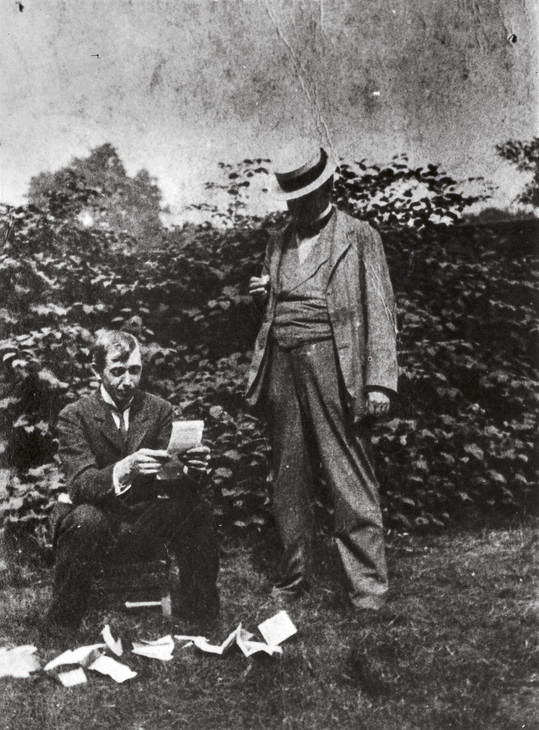History and reception

Spencer Gore and Walter Sickert reading press cuttings of the first Camden Town Group exhibition in the garden of Rowlandson House June 1911
Courtesy of Wendy Baron
Spencer Gore and Walter Sickert reading press cuttings of the first Camden Town Group exhibition in the garden of Rowlandson House June 1911
Courtesy of Wendy Baron
Modern but not modernist in style, and neither savage nor complacent in its view of city life, the Camden Town Group proved hard to place for critics and later historians. In the interwar years it became unfashionable and was generally neglected by critics and art historians in favour of avant-garde movements, although in the late 1930s artists such as Sir William Coldstream and Victor Pasmore belonging to another north London set, the Euston Road group, drew inspiration from the realism of earlier figures such as Sickert.
Scholarly interest, however, revived in the 1960s and 1970s. Republished here is an early account of the group given by Malcolm Easton in 1967 and an important essay by pioneering Camden Town Group scholar Wendy Baron that first appeared in 1976. Also included is the lead catalogue essay by curator Robert Upstone in Tate’s 2008 exhibition Modern Painters: The Camden Town Group, the first Tate exhibition devoted to the Group.
How to cite
‘History and reception’, in Helena Bonett, Ysanne Holt, Jennifer Mundy (eds.), The Camden Town Group in Context, Tate Research Publication, May 2012, https://www
